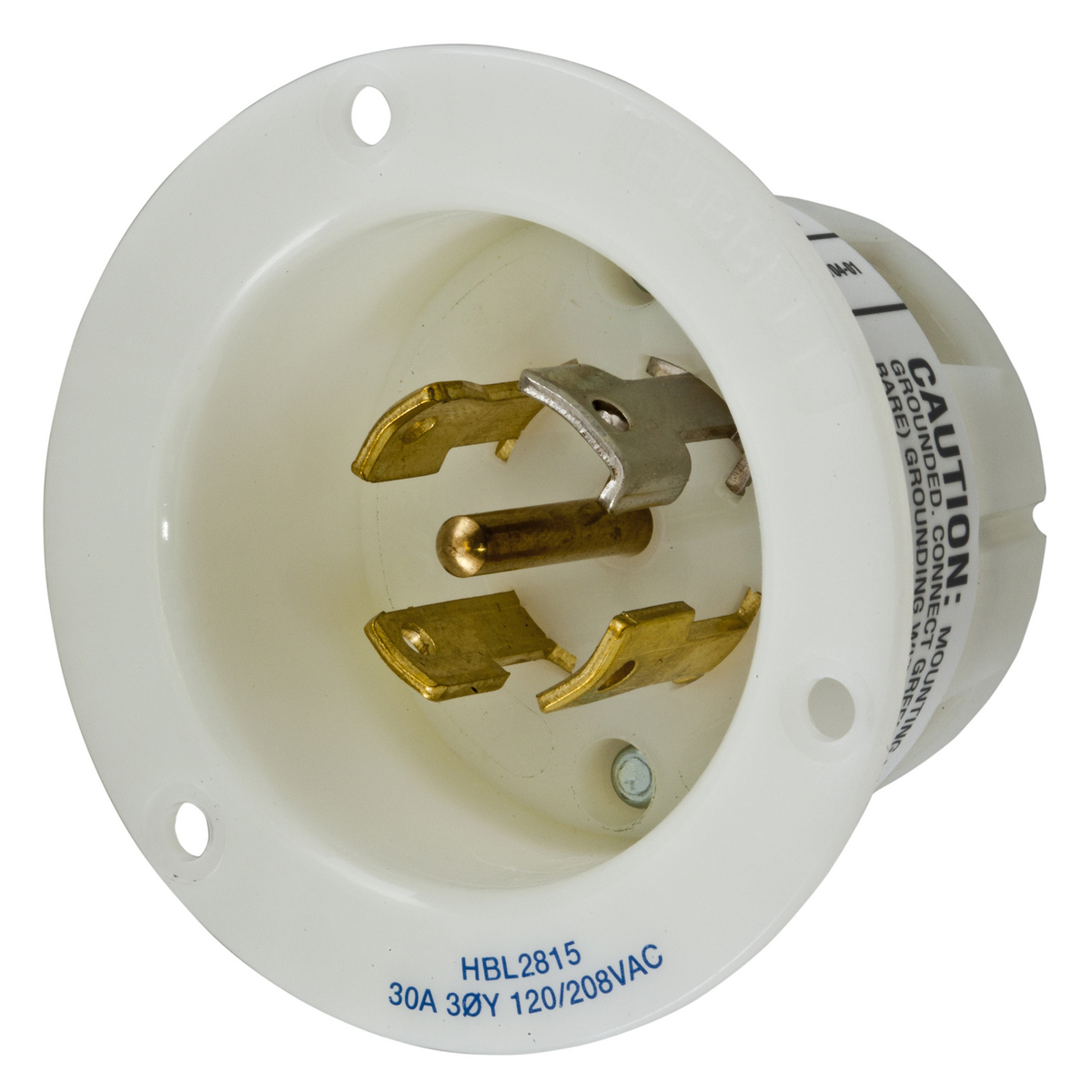I have a client that needs a tiny house hooked up to power. It is already wired and has a female 120V 30A twist lock marine receptacle underneath to plug a cord into.
That means I'd need a receptacle on the other end with live exposed prongs. Is this OK? Any suggestions on a better way to do this? Is it ever permitted to hardwire a cord straight into a panel?
That means I'd need a receptacle on the other end with live exposed prongs. Is this OK? Any suggestions on a better way to do this? Is it ever permitted to hardwire a cord straight into a panel?


